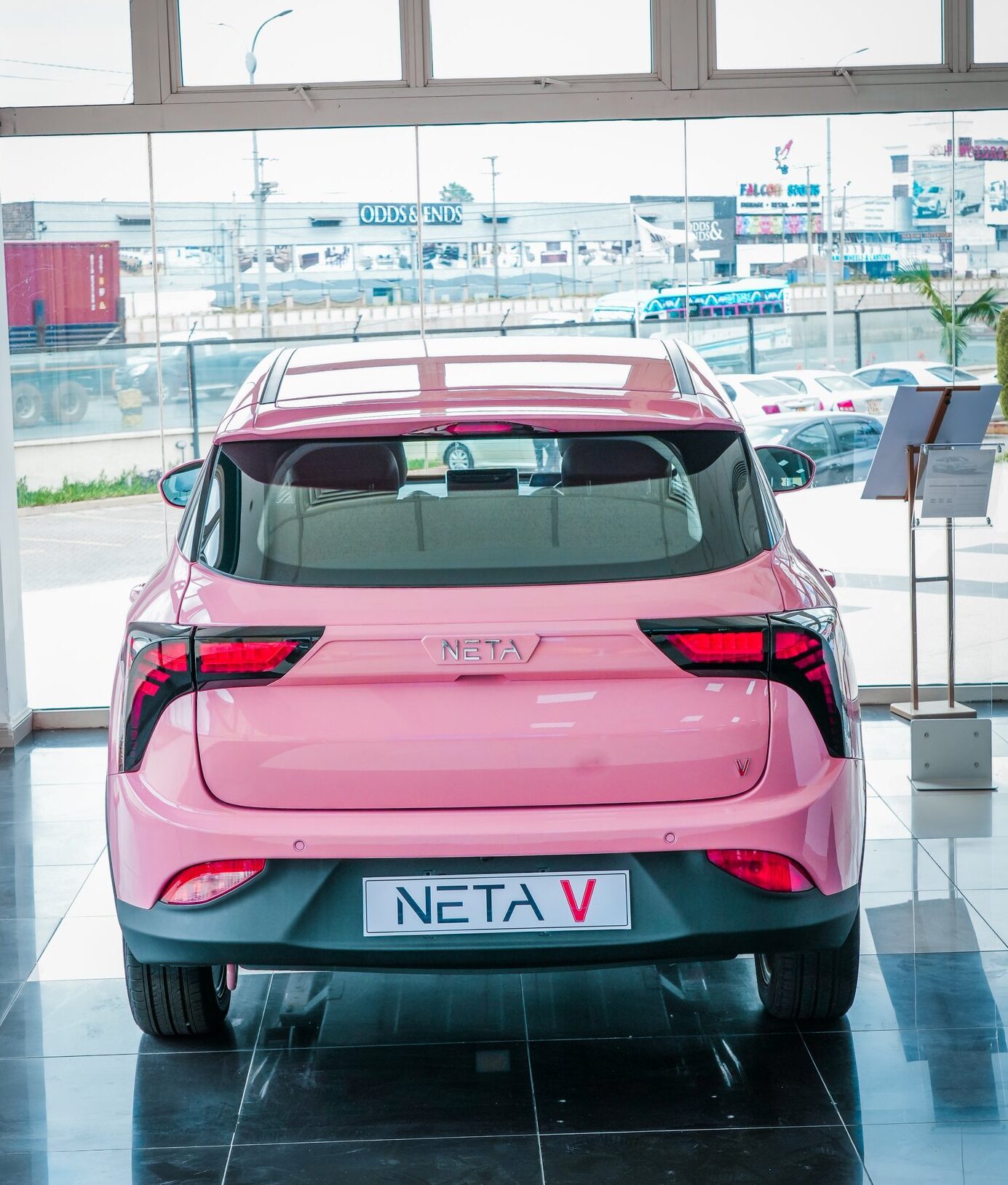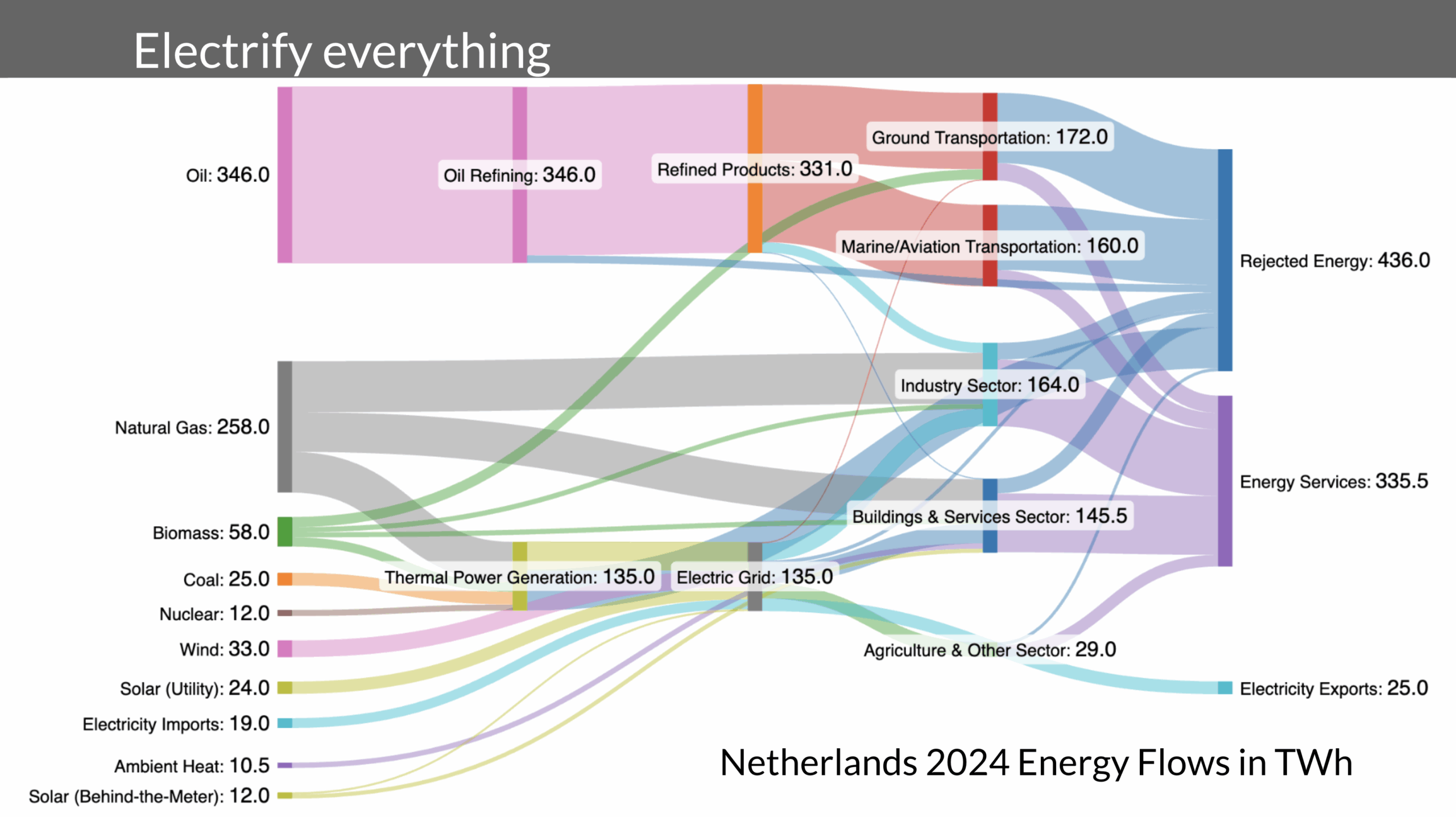Africa, one of the world’s richest mining regions, continues to strengthen its position as a global hub for mineral production. According to the US Geological Survey (USGS), Africa accounted for 79.3% of total PGM [platinum group metals] reserves in 2025, 61.7% of chromium reserves, and substantial shares of reserves of cobalt (54.5%), manganese (36.5%), diamonds (32.4%), bauxite (25.5%), copper (8.2%), gold (7.8%) and lithium (1.6%), among others. Despite its resource wealth, the industry faces persistent challenges, including infrastructure gaps, policy uncertainty, and rising operational costs. Geopolitical shifts also add pressure, for instance, in 2025, the US imposed a 50% tariff copper imports, effective 1 August, directly affecting African exporters such as the Democratic Republic of Congo (DRC).
Platinum remains the cornerstone of Africa’s mining landscape, with the region accounting for nearly 80.3% of global production in 2024. The production of platinum in Africa is expected to decline by 6.4% in 2025, due to heavy rains in early 2025 as well as ongoing operational challenges due to mine restructuring. The region is forecasted to account for 79.5% of global platinum production in 2025. South Africa stands out as the dominant producer, accounting for 89% of the region’s total output in 2024, while Zimbabwe contributes a further 11% share. Zimbabwe’s platinum production will remain flat in 2025 before rebounding in 2026 with the commissioning of the Mupan and Karo Platinum projects. Over the forecast period (2025-2030), the platinum industry is expected to grow at a CAGR of 1.4% to nearly 5.12 million ounces (moz) in 2030. Key players operating in Africa’s platinum sector include Anglo American, Impala Platinum Holdings, Sibanye Stillwater, and Northam Platinum.

Access deeper industry intelligence
Experience unmatched clarity with a single platform that combines unique data, AI, and human expertise.
South Africa remains a mining powerhouse, producing 71.5% of global platinum and 42.7% of chromium in 2024. However, persistent structural issues, including high electricity costs, labour inefficiencies, and logistical constraints continue to challenge operations. To address these concerns, the South African Government has introduced measures to promote domestic beneficiation and revive ferrochrome smelting. These efforts are expected to support a 3.9% increase in chromium production in 2025, taking total output to 20.5 million tonnes (mt).
DRC continues to play a leading role in Africa’s critical mineral output, particularly cobalt and copper. The country accounted for 97.2% of region cobalt production in 2024, supported by major operators including CMOC Group, Glencore, and Jinchuan Group. Cobalt output in Africa is projected to grow by 2.5% in 2025 to 219.2 kilotonnes, with further increases expected from projects such as Kinsanvere, Mutanda, Kisanfu and Tenke Fungurume mines. Meanwhile, DRC’s copper production is expected to grow at a CAGR of 3.3% through 2030, supported by ongoing expansions at the Musonoi, Mutoshi, and Comide Restart projects. Similarly, Africa’s second-largest copper producer and the seventh-largest globally, is poised for strong growth. The country’s copper production is forecast to rise by 19.2% in 2025, reaching 937.5 kilotonnes, primarily driven by higher output from ZCCM Investment Holdings’ Mopani mine.
In West Africa, the Republic of Guinea continues to dominate global bauxite production, accounting for 98.3% of Africa’s total in 2024. With new investments in the Bon Ami, AGB2A GIC, and Sangarédi mines, Guinea’s bauxite output is forecast to grow at a CAGR of 1.8%, reaching 160mt by 2030. The country is also set to transform its iron ore sector through the Simandou megaproject, which targets a production capacity of 39.3mt by late 2025, backed by over $26bn in investment.
Ghana remains Africa’s largest gold producer, contributing 19.5% of regional output in 2024. The country’s gold production is projected to grow by 4.1% in 2025 to 5.2moz, driven by fresh output from Newmont’s Ahafo South and Shandong’s Namdini mines. In addition, GoldStone’s Akrokeri-Homase project, which is transitioning to a 24-hour operation, alongside full-year production from Gan He Mining Resources, will also contribute to the production. However, anticipated declines at Perseus’ Edikan, Gold Fields’ Damang and Tarkwa, and Zijin’s Akyem operations are likely to temper overall gains, highlighting the uneven performance of individual assets within the sector.




